Welcome to Our Tech Blog
Unique Coder
In this blog, you can expect to find a diverse range of topics, including programming languages, web development, software engineering, data science, artificial intelligence, and much more. We believe that technology is constantly evolving, and staying up-to-date with the latest trends and advancements is essential for any aspiring coder.

Popular Tutorials
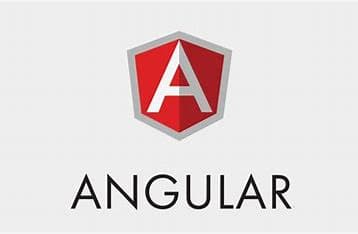
Development framework & language
AngularJS
AngularJS is a discontinued free and open-source JavaScript-based web framework for developing single-page applications. It was maintained mainly by Google and a community of individuals and corporations. It aimed to simplify both the development and the testing of such applications by providing a framework for client-side model–view–controller (MVC) and model–view (MVVM) architectures, along with components commonly used in web applications and progressive web applications. AngularJS was used as the frontend of the MEAN stack, that consisted of MongoDB database, Express.js web application server framework, AngularJS itself (or Angular), and Node.js server runtime environment. As of January 1, 2022, Google no longer updates AngularJS to fix security, browser compatibility, or jQuery issues.[3][4][5] The Angular team recommends upgrading to Angular (v2+) as the best path forward, but they also provided some other options.[6].
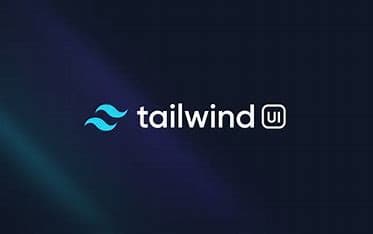
Development framework & language
Tailwind CSS
It appears that there might be a typo in your question. I believe you are referring to "Tailwind CSS." Tailwind CSS is a popular utility-first CSS framework that simplifies the process of styling web applications and websites. It provides a set of pre-designed CSS classes that you can apply directly to your HTML elements to control their appearance and behavior. Instead of writing custom CSS from scratch, you use these classes to build your user interfaces quickly..
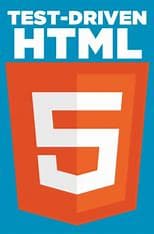
Development framework & language
HTML5
HTML5, or HyperText Markup Language 5, is the latest version of the HTML (Hypertext Markup Language) standard used for structuring and presenting content on the World Wide Web. HTML is the fundamental markup language used to create web pages and web applications. HTML5 is the fifth major revision of this standard, and it brought significant improvements and new features to web development..
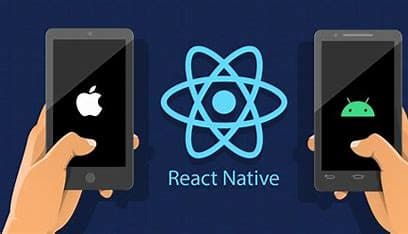
Development framework & language
React Native
React Native is an open-source UI software framework created by Meta Platforms, Inc.[3] It is used to develop applications for Android[4]: §Chapter 1 ,[5][6] Android TV,[7] iOS[4]: §Chapter 1 ,[6] macOS,[8] Web,[10] Windows[8] and UWP[11] by enabling developers to use the React framework along with native platform capabilities.[12] It is used to develop the Android and iOS applications at Facebook, Microsoft, and Shopify.[13] It is also being used to develop virtual reality applications at Oculus.[14].
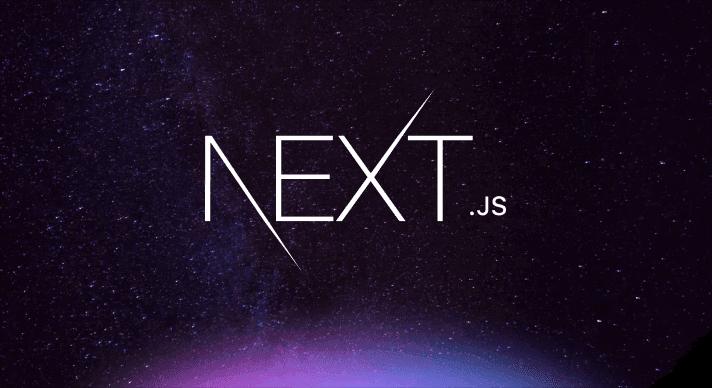
Development framework & language
Next.js
Next.js is an open-source web development framework created by the private company providing React-based web applications with server-side rendering and static website generation. React documentation mentions Next.js among "Recommended Toolchains" advising it to developers when "building a server-rendered website with Node.js".[5] Where traditional React apps can only render their content in the client-side browser, Next.js extends this functionality to include applications rendered on the server-side. The copyright and trademarks for Next.js are owned by which also maintains and leads its open-source development.[7].
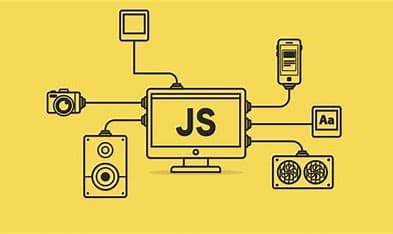
Development framework & language
JavaScript
JavaScript, often abbreviated as JS, is a programming language that is one of the core technologies of the World Wide Web, alongside HTML and CSS. As of 2023, 98.7% of websites use JavaScript on the client side for webpage behavior,[10] often incorporating third-party libraries. All major web browsers have a dedicated JavaScript engine to execute the code on users' devices. JavaScript is a high-level, often just-in-time compiled language that conforms to the ECMAScript standard.[11] It has dynamic typing, prototype-based object-orientation, and first-class functions. It is multi-paradigm, supporting event-driven, functional, and imperative programming styles. It has application programming interfaces (APIs) for working with text, dates, regular expressions, standard data structures, and the Document Object Model (DOM). The ECMAScript standard does not include any input/output (I/O), such as networking, storage, or graphics facilities. In practice, the web browser or other runtime system provides JavaScript APIs for I/O. JavaScript engines were originally used only in web browsers, but are now core components of some servers and a variety of applications. The most popular runtime system for this usage is Node.js. Although Java and JavaScript are similar in name, syntax, and respective standard libraries, the two languages are distinct and differ greatly in design..
Testimonials
Holden grows throughout the book from a somewhat immature kid to a mature wise grownup boy who realizes that taking care of his sister is more important than getting yelled at by his parents for getting kicked out of another school
Holden CaulfieldUI DEVELOPERI apologize but as of my last knowledge update in September 2021 I do not have information about a designer named Alper Kamu in my database Its possible that Alper Kamu is not widely known or that they gained prominence after my last update If you could provide more context or specify the field or area of design in which Alper Kamu is active I may be able to provide more information or insights based on the information available up to that date
Alper KamuDESIGNER